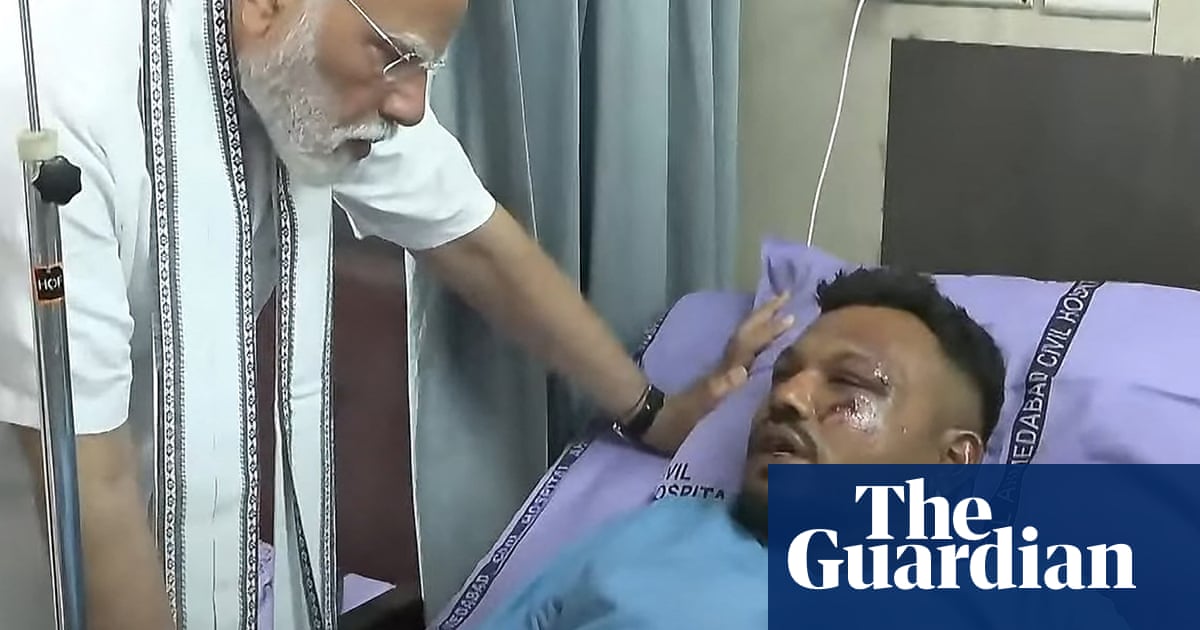The British survivor of the AirIndiaplane crash has described the horror of watching people “dying in front of my eyes”.
Vishwash Kumar Ramesh said he thought he was dead when the plane crashed into a building, before realising he was alive and escaping the wreckage.
Speaking from his hospital bed, the 40-year-old told DD News the plane felt like it was “stuck in the air” shortly after takeoff before lights began flickering green and white, adding: “It suddenly slammed into a building and exploded.”
The Boeing 787 Dreamliner struck a medical college as itcrashed in a fireball on Thursday, killing the other 241 people onboard.
It is one of the deadliest plane crashes in terms of the number of British nationals killed, and the first involving a 787.
Ramesh said: “I can’t believe how I came out of it alive. For a moment, I felt like I was going to die too but when I opened my eyes and looked around, I realised I was alive. I still can’t believe how I survived.”
Ramesh told the broadcaster: “When the flight took off, within five to 10 seconds it felt like it was stuck in the air. Suddenly, the lights started flickering – green and white.
“The aircraft wasn’t gaining altitude and was just gliding before it suddenly slammed into a building and exploded. At first, I thought I was dead. Later, I realised I was still alive and saw an opening in the fuselage.
“I managed to unbuckle myself, used my leg to push through that opening, and crawled out. I don’t know how I survived,” he said. “I saw people dying in front of my eyes – the air hostesses, and two people I saw near me ... I walked out of the rubble.”
The crash site was visited by the Indian prime minister, Narendra Modi, on Friday, with video footage showing him talking to Ramesh in hospital.
At least five medical students were killed and about 50 injured. There are fears the number of people killed on the ground could rise.
Investigations are continuing into the cause of the crash.British couple Fiongal and Jamie Greenlaw-Meek, who ran a spiritual wellness centre, were said to be among the dead.
The Gloucester Muslim Community group offered “sincere and deepest condolences” after Akeel Nanabawa, his wife, Hannaa, and their four-year-old daughter, Sara, were reported to be among the victims.
Raj Mishra, the mayor of Wellingborough in Northamptonshire, called for people to come together as he announced the deaths of “Raxa Modha, infant Rudra Modha, and Ms K Mistri” in his constituency.
Aviation experts have speculated about the possible causes of the crash, from both engines failing – possibly due to a bird strike, as happened in the“Miracle on the Hudson” in 2009– to the flaps on the aircraft’s wings not being set to the correct position for takeoff.
The Air India chief executive, Campbell Wilson, visited the area, according to the BBC, but did not take questions from the media.
The Foreign, Commonwealth and Development Office said any British nationals requiring consular assistance, or who had concerns about family or friends, should call 020 7008 5000.
